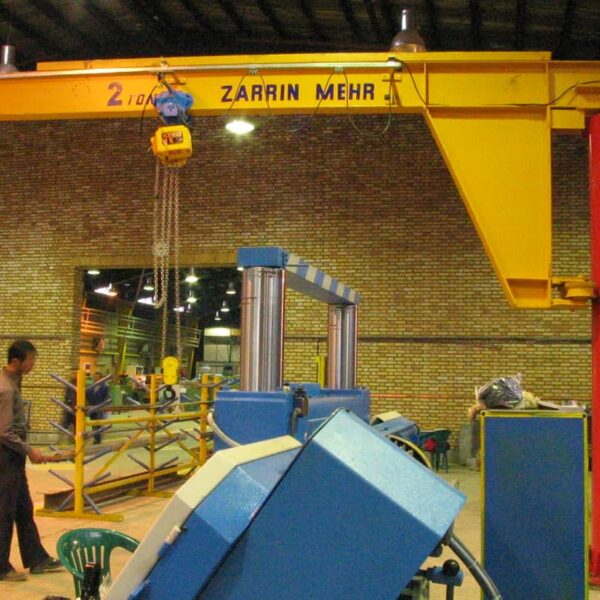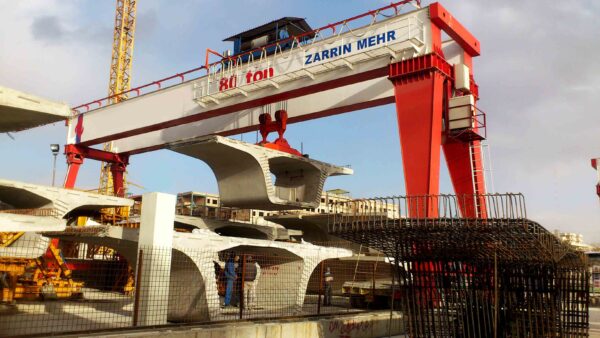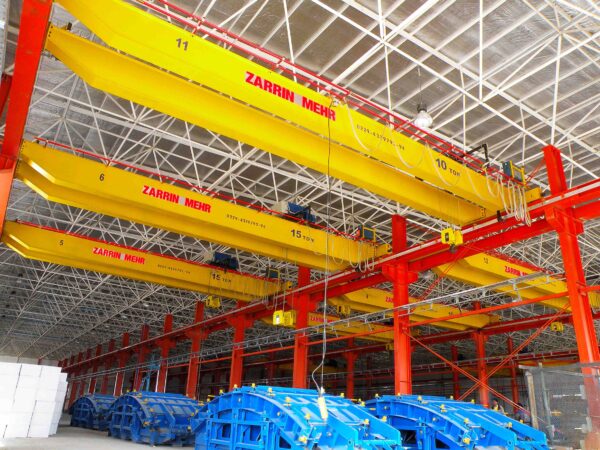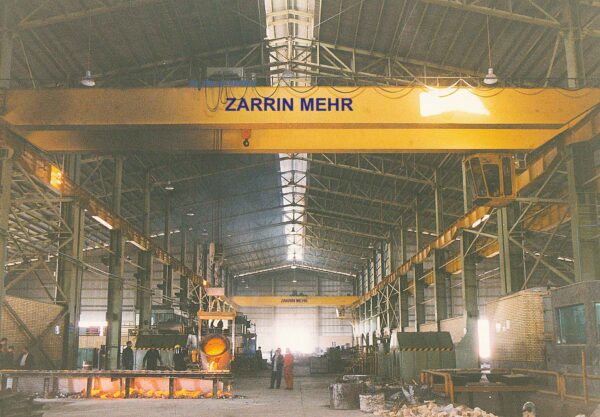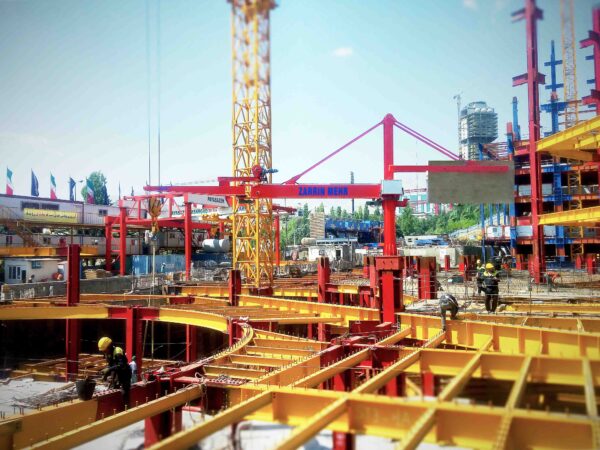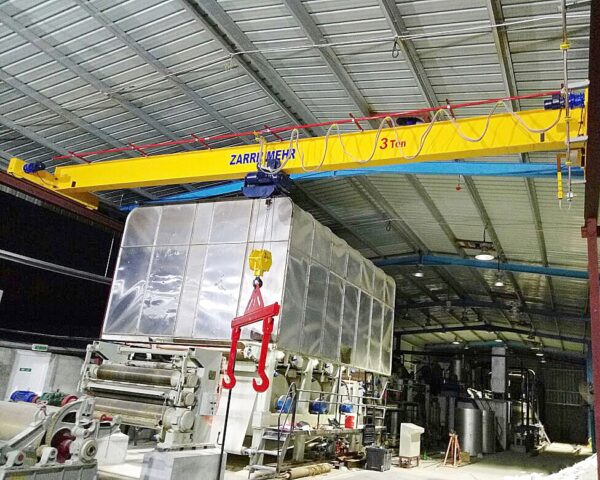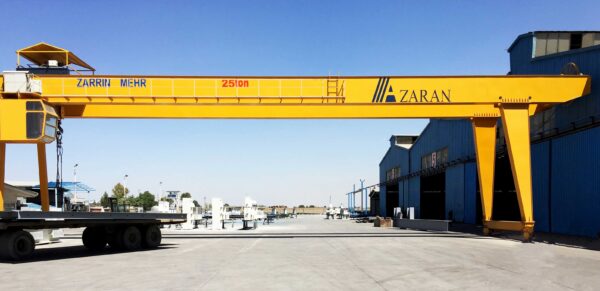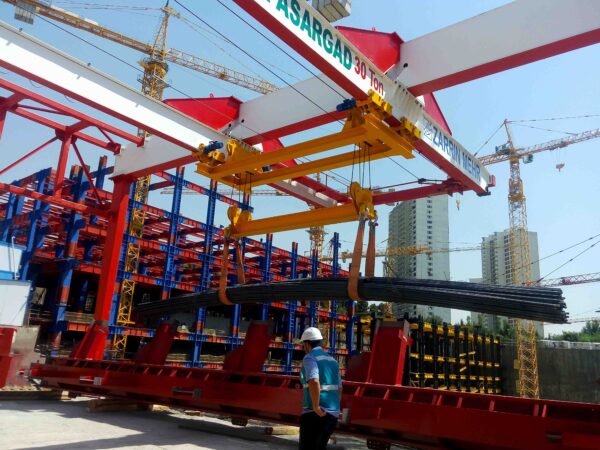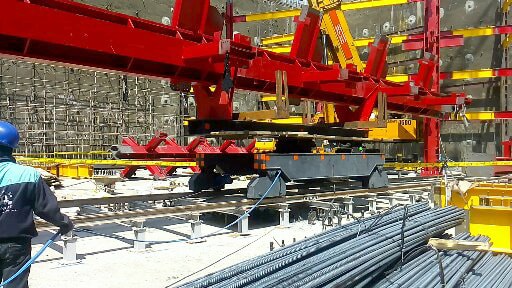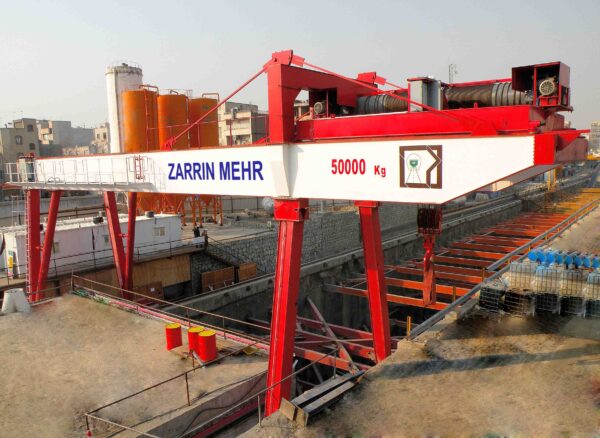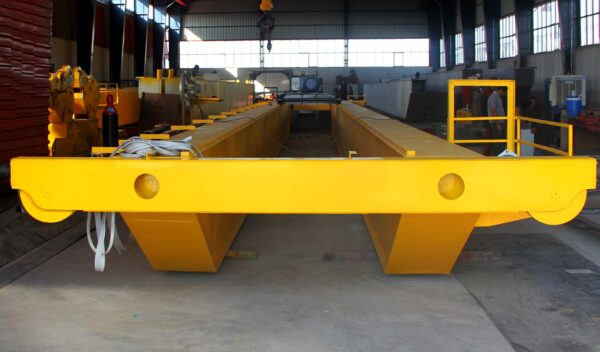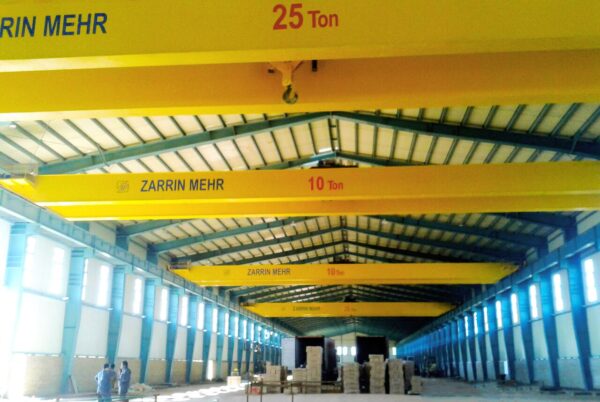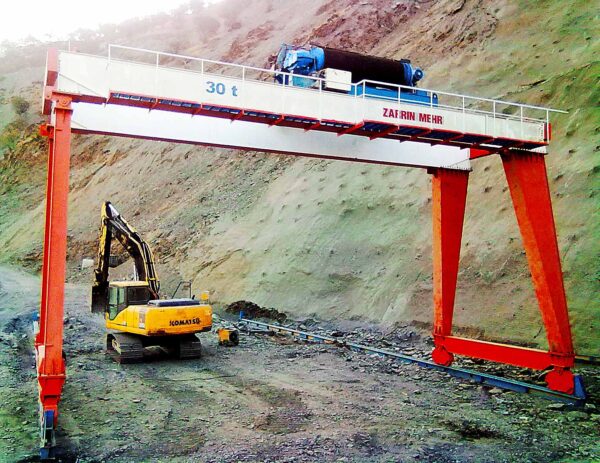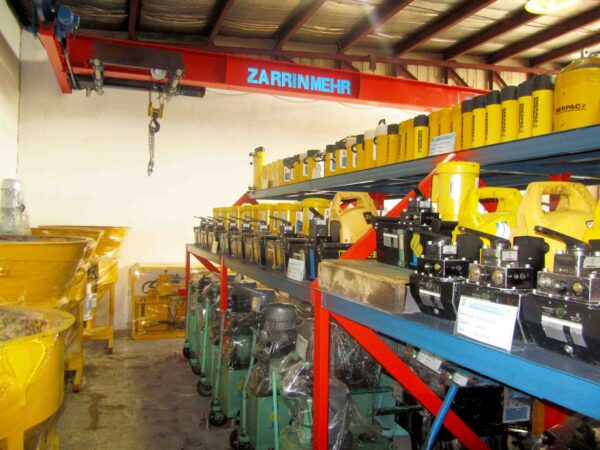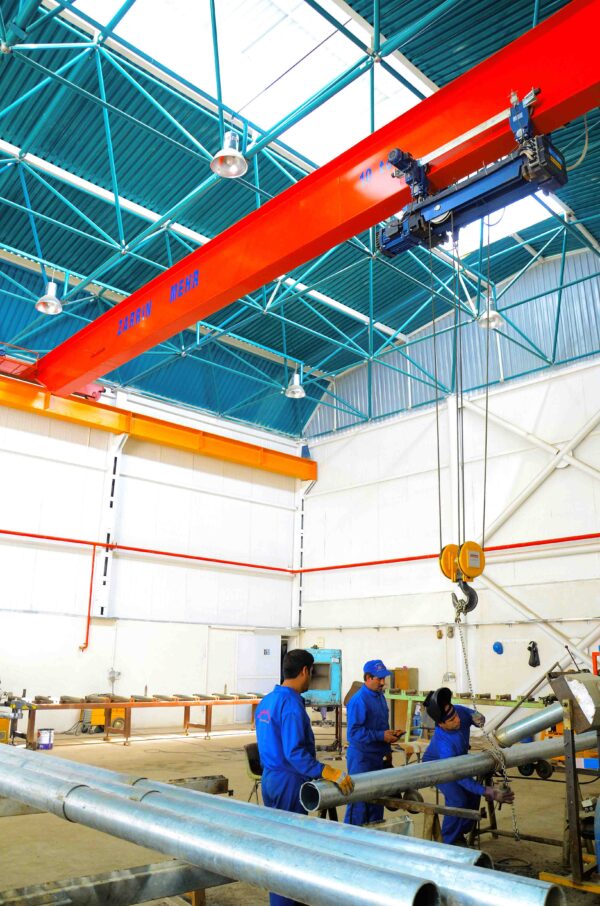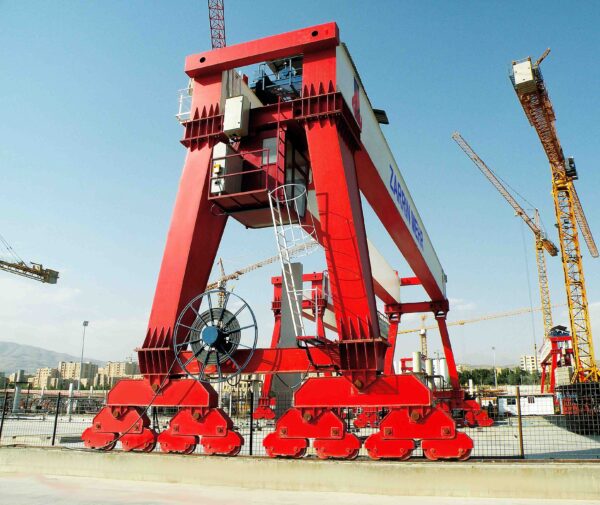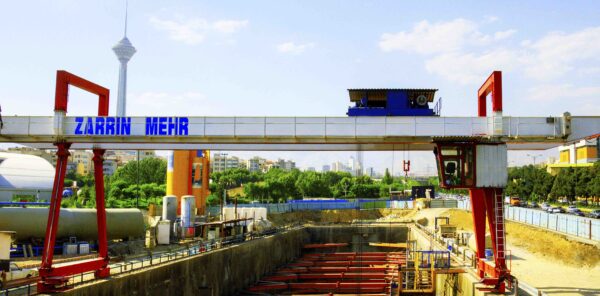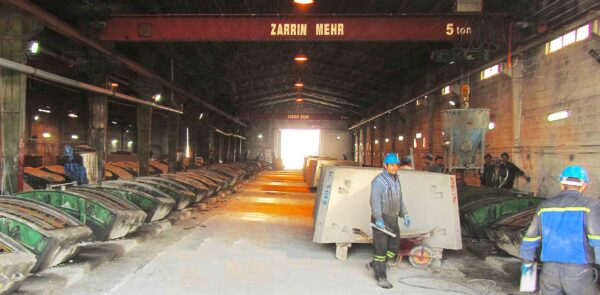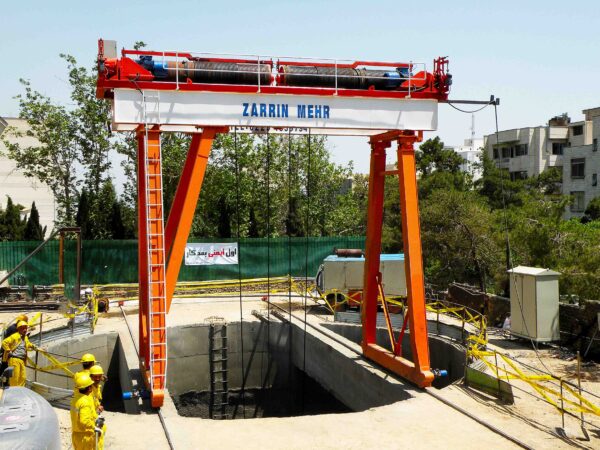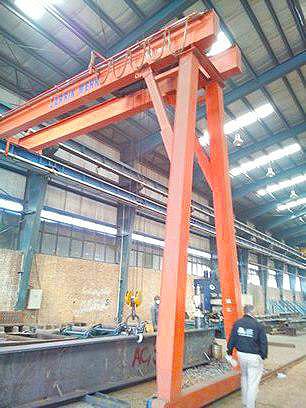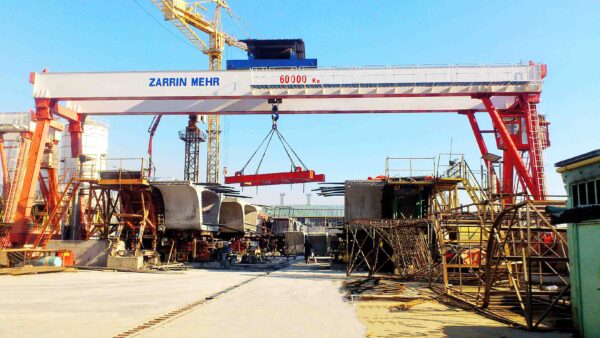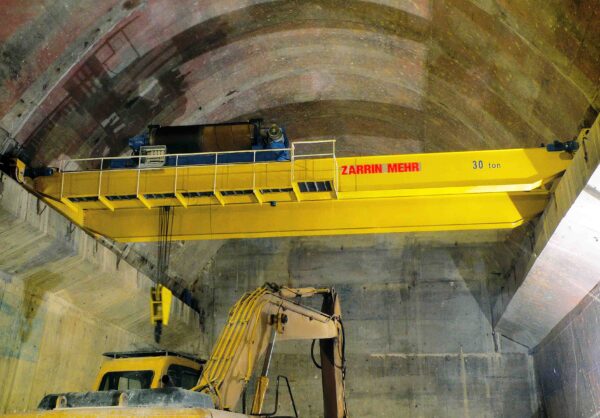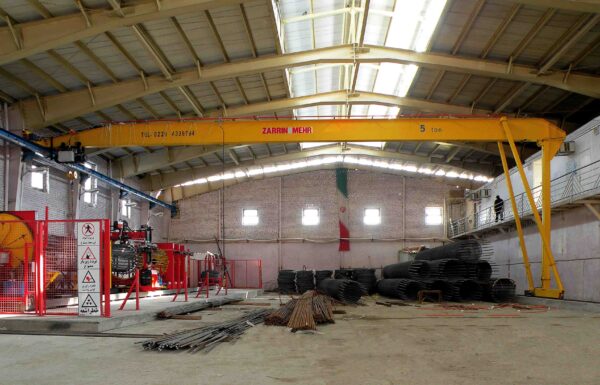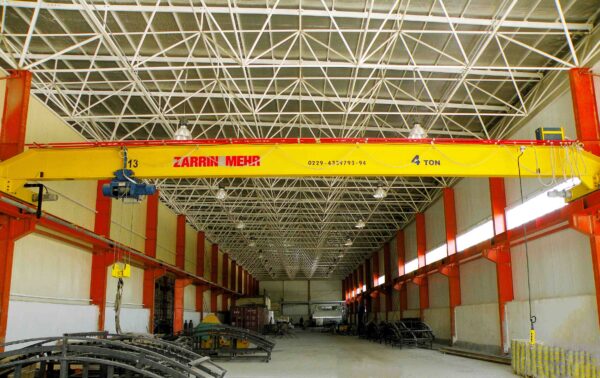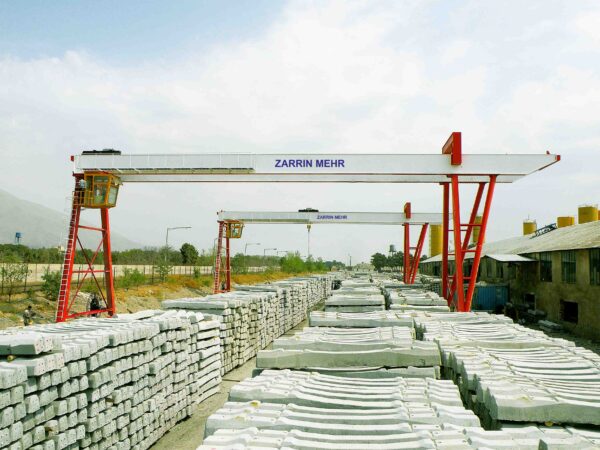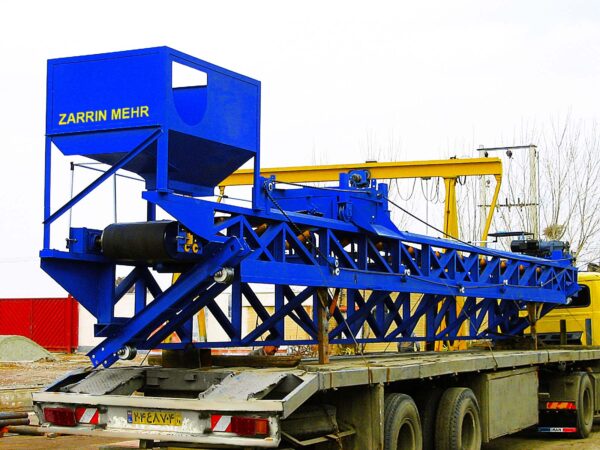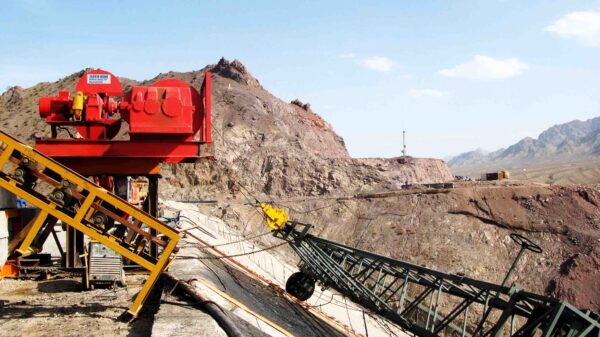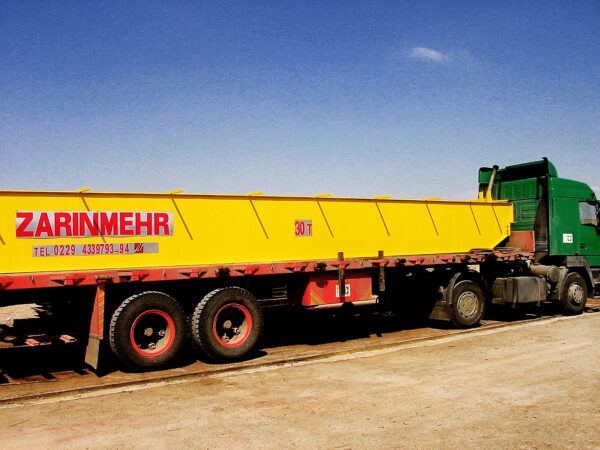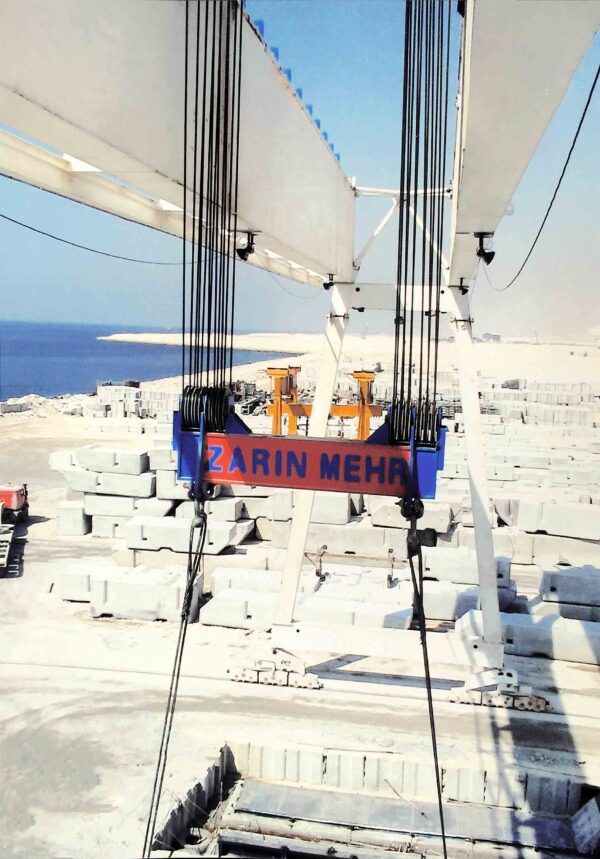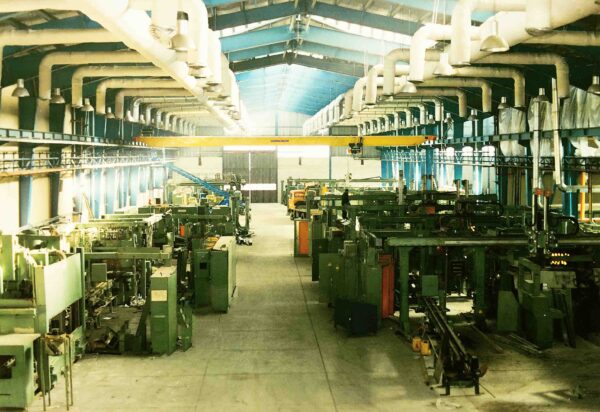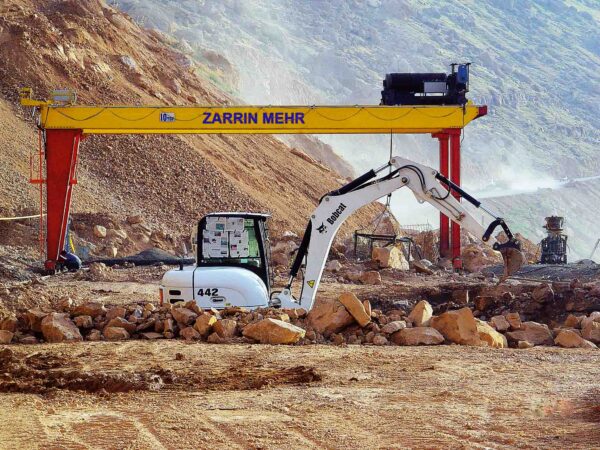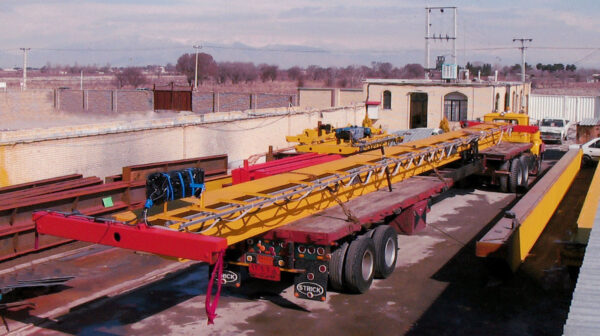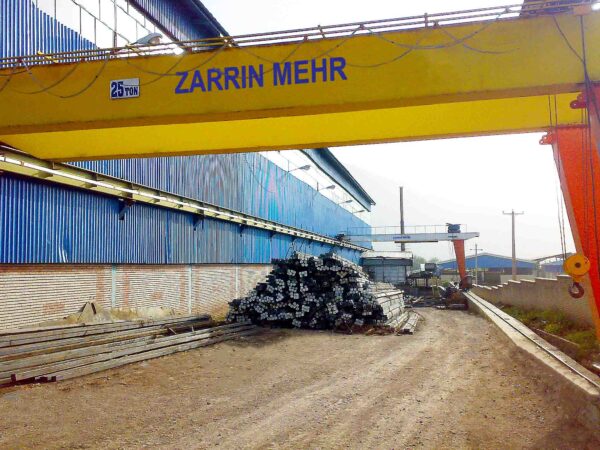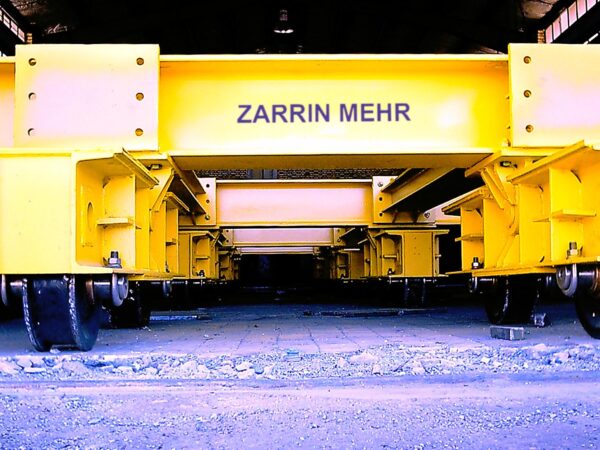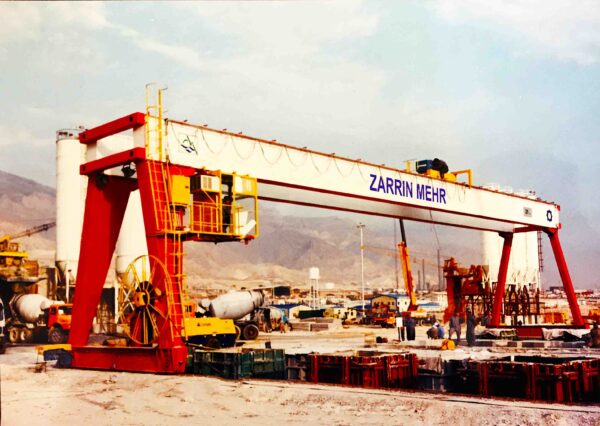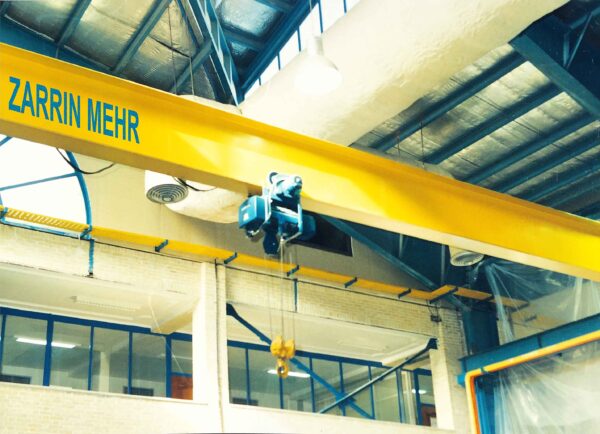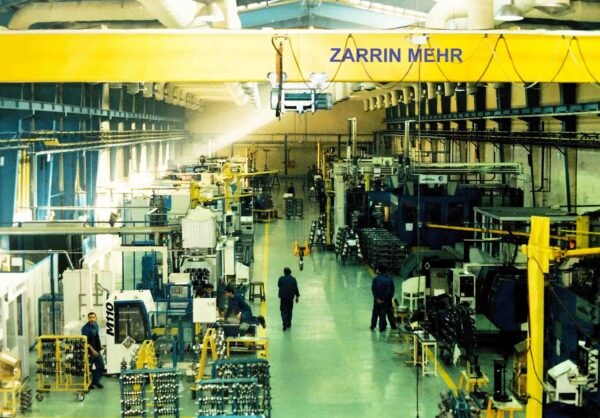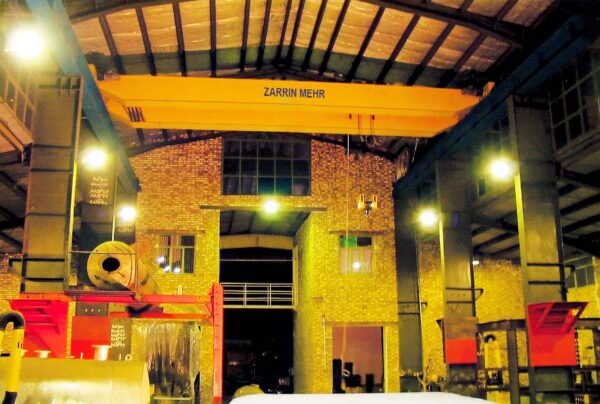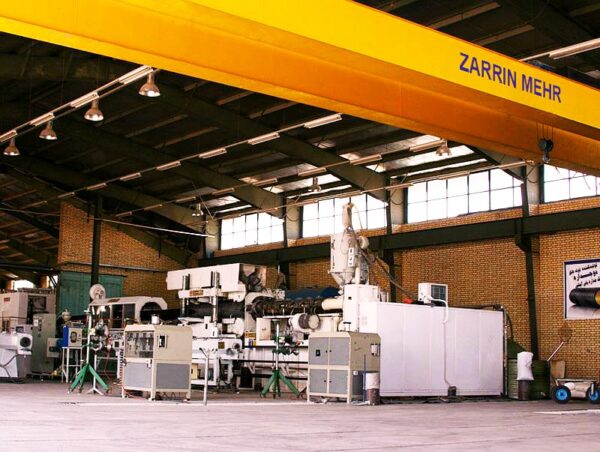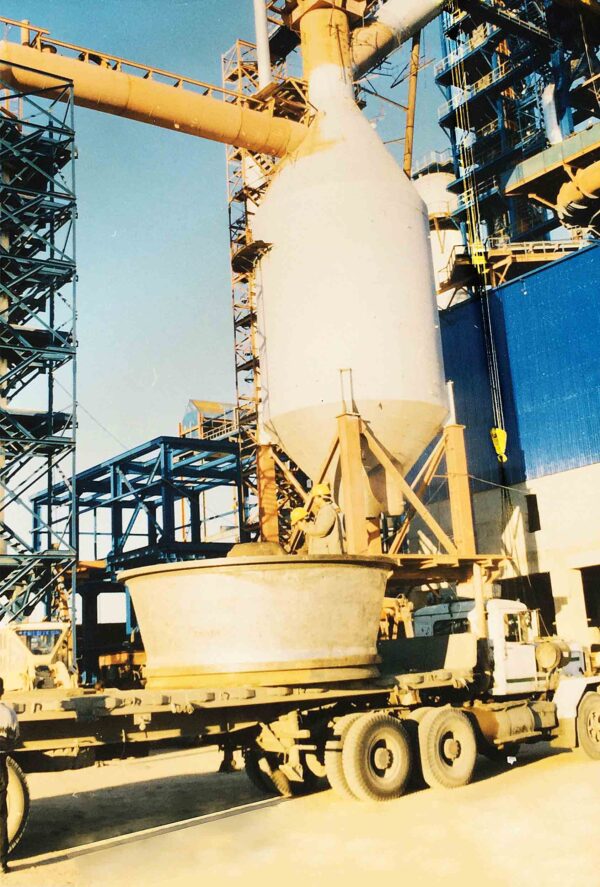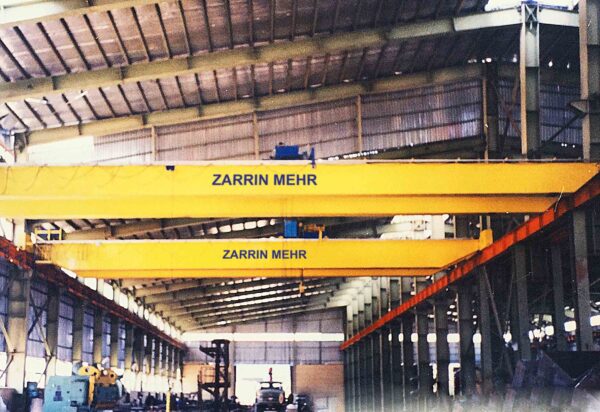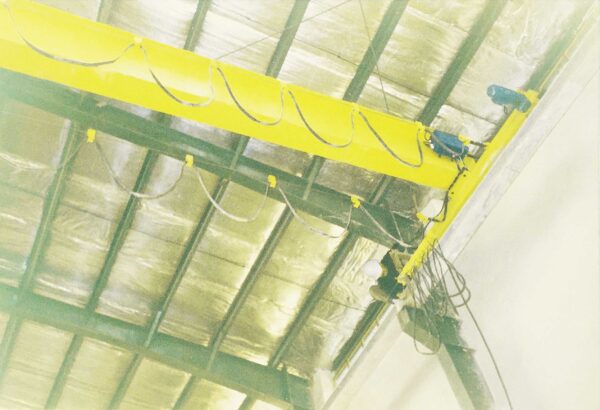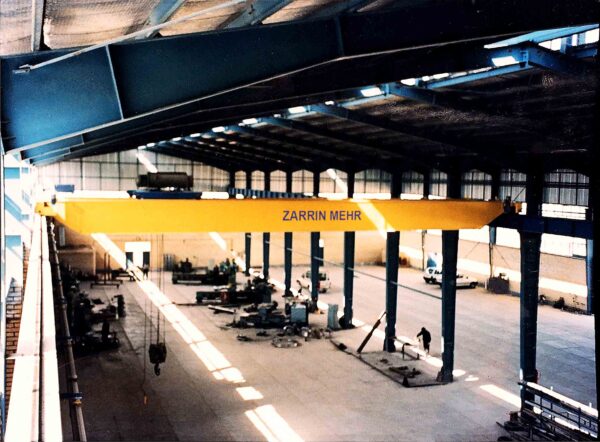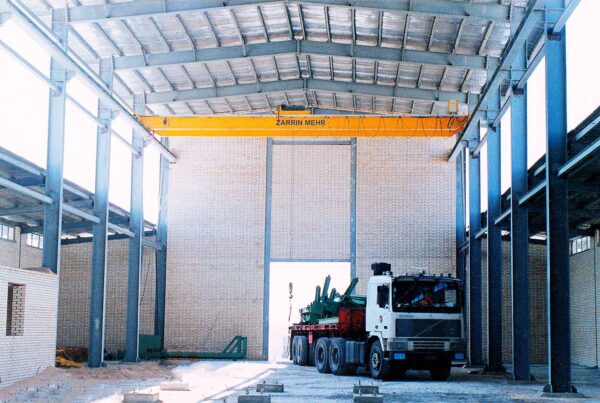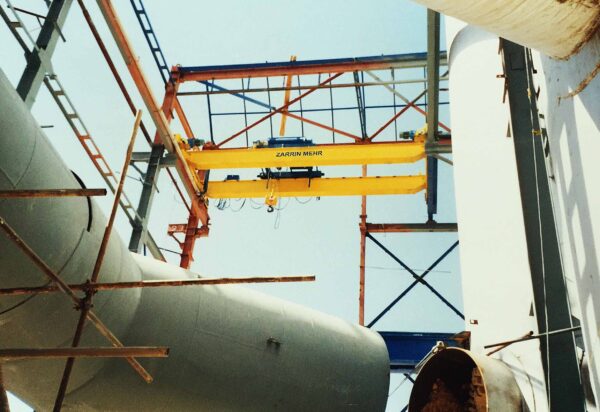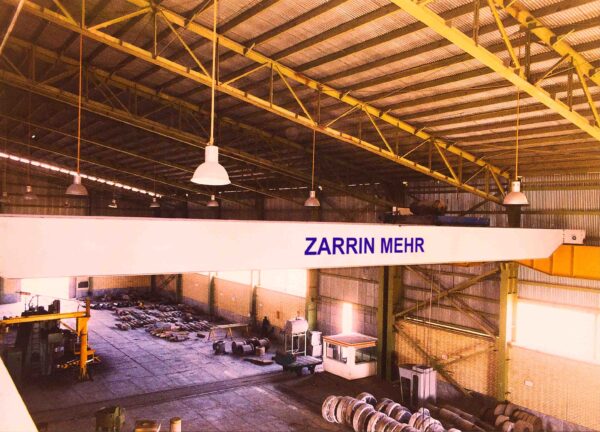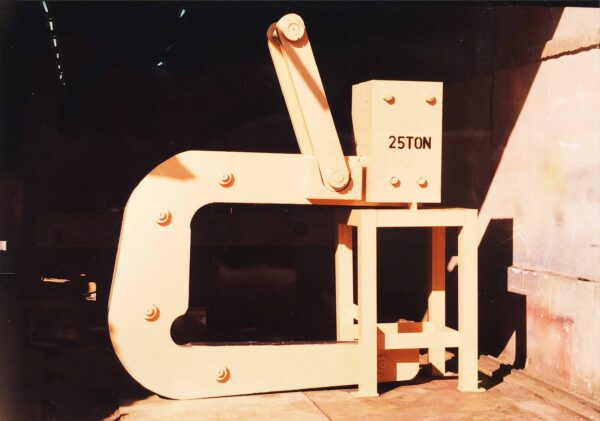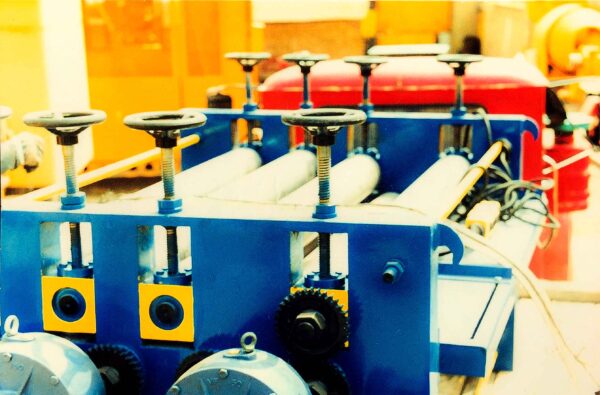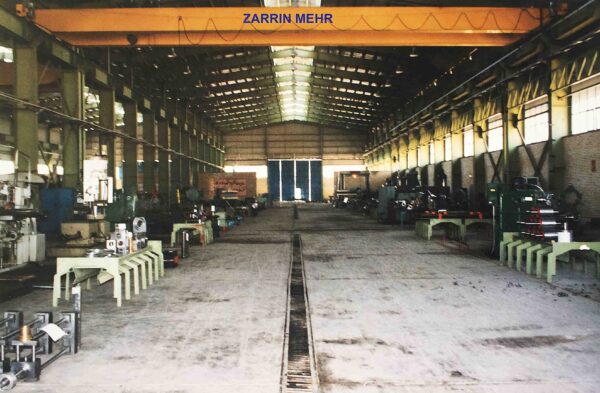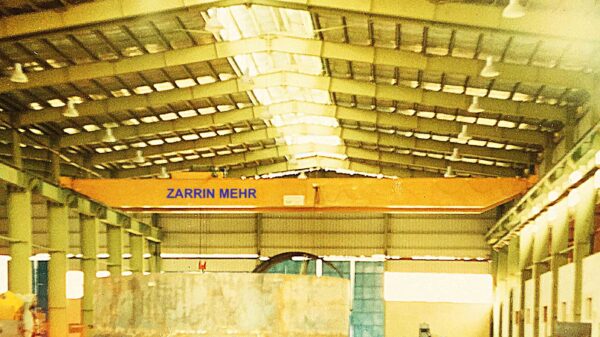The total cost of ownership (TCO) for a gantry crane extends beyond the initial purchase price. Many factors contribute to the TCO, and these can vary depending on your specific use-case, operating environment, and maintenance practices. Here are some key elements to consider:
Initial Costs:
- Purchase Price: The upfront cost of the crane itself, which can vary widely based on its type, capacity, and features.
- Shipping and Installation: The cost to transport the crane to your site and assemble it. For larger cranes, this can be a significant expense.
- Site Preparation: Depending on the crane, you might need to invest in foundation work, electrical installations, or other site modifications.
- Training: Initial training for operators and maintenance staff, which may be provided by the manufacturer or a third party.
Operational Costs:
- Energy Consumption: Electrically powered cranes will incur ongoing energy costs, which can be significant for heavy-duty operations.
- Manpower: Operator salaries, including any additional labor required for spotters or other support roles.
- Consumables: Things like hydraulic fluid, lubricants, and replacement cables or chains.
- Software Licenses: For computerized or automated systems, there may be annual or monthly software licensing fees.
Maintenance and Repairs:
- Preventative Maintenance: Regular inspections, oiling, and other routine checks to keep the crane in good working condition.
- Repairs: Costs for parts and labor for any unplanned repairs that become necessary.
- Upgrades: Over time, you may need or want to invest in upgrades, such as a more advanced control system, or a new hoist with higher capacity.
Regulatory Compliance:
- Inspections: Mandatory regular inspections by certified personnel to ensure the crane is operating safely, often required by occupational safety agencies.
- Certifications: Any necessary certifications or permits, which may need to be renewed periodically.
End-of-Life Costs:
- Dismantling and Removal: Eventually, the crane will reach the end of its useful life and will need to be taken down and disposed of, possibly with associated costs for environmental safeguards.
- Resale Value: Depending on the crane’s condition and market demand, you might be able to recoup some costs by selling it.
Intangibles:
- Downtime Costs: Any time the crane is out of service for repairs or maintenance represents lost productivity, which has an associated cost.
- Safety Record: A crane with a strong safety record can reduce costs associated with accidents, such as medical expenses and potential lawsuits.
- Operational Efficiency: A high-quality, well-maintained crane can improve operational efficiency, which, while hard to quantify, contributes to reducing the TCO.
To get a comprehensive understanding of the TCO for a gantry crane, it’s advisable to consult with financial analysts and engineering experts. They can help model the various costs over the expected lifespan of the crane, providing a clearer picture of the investment required.


